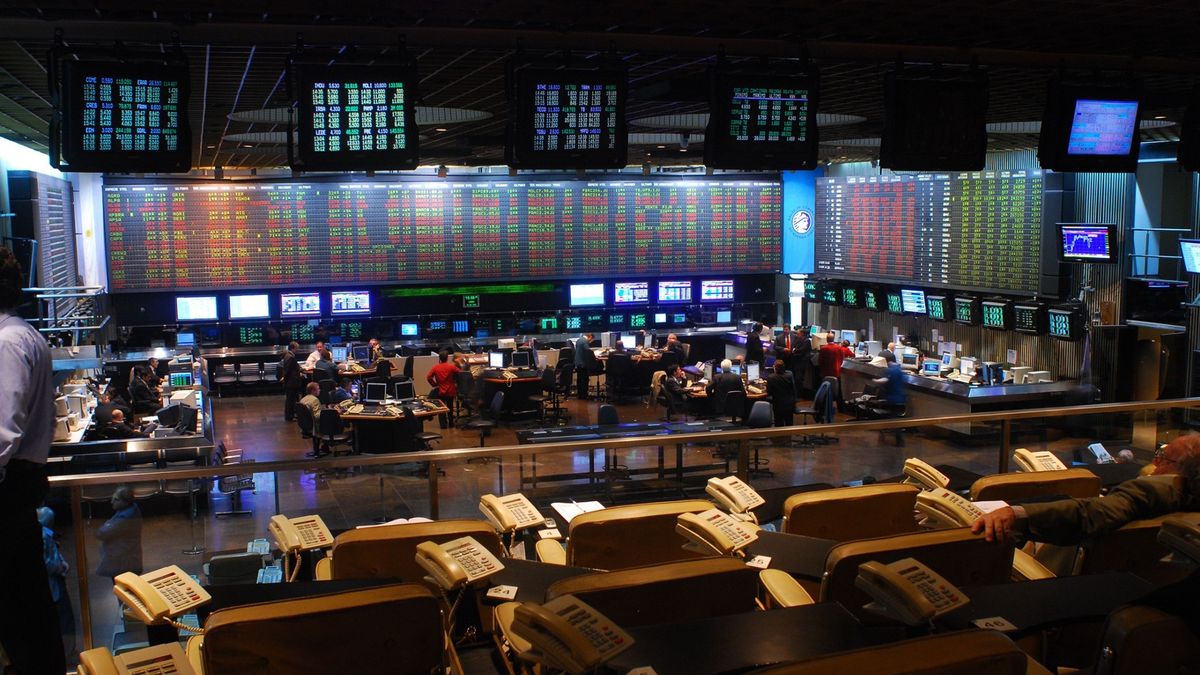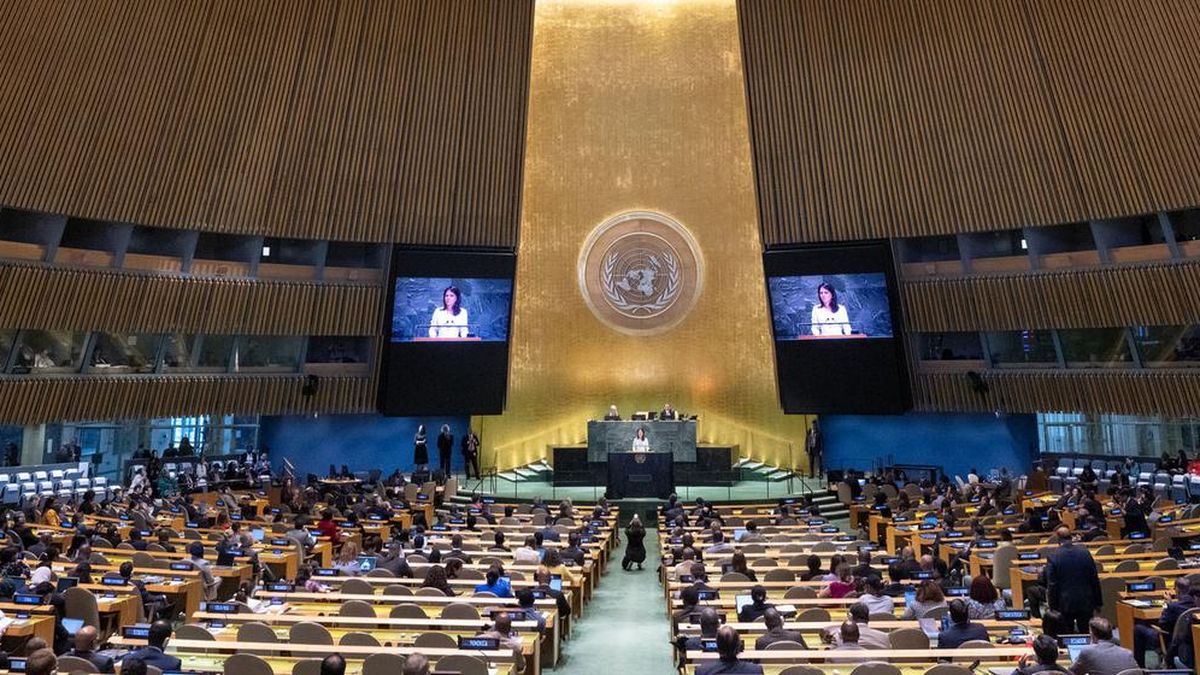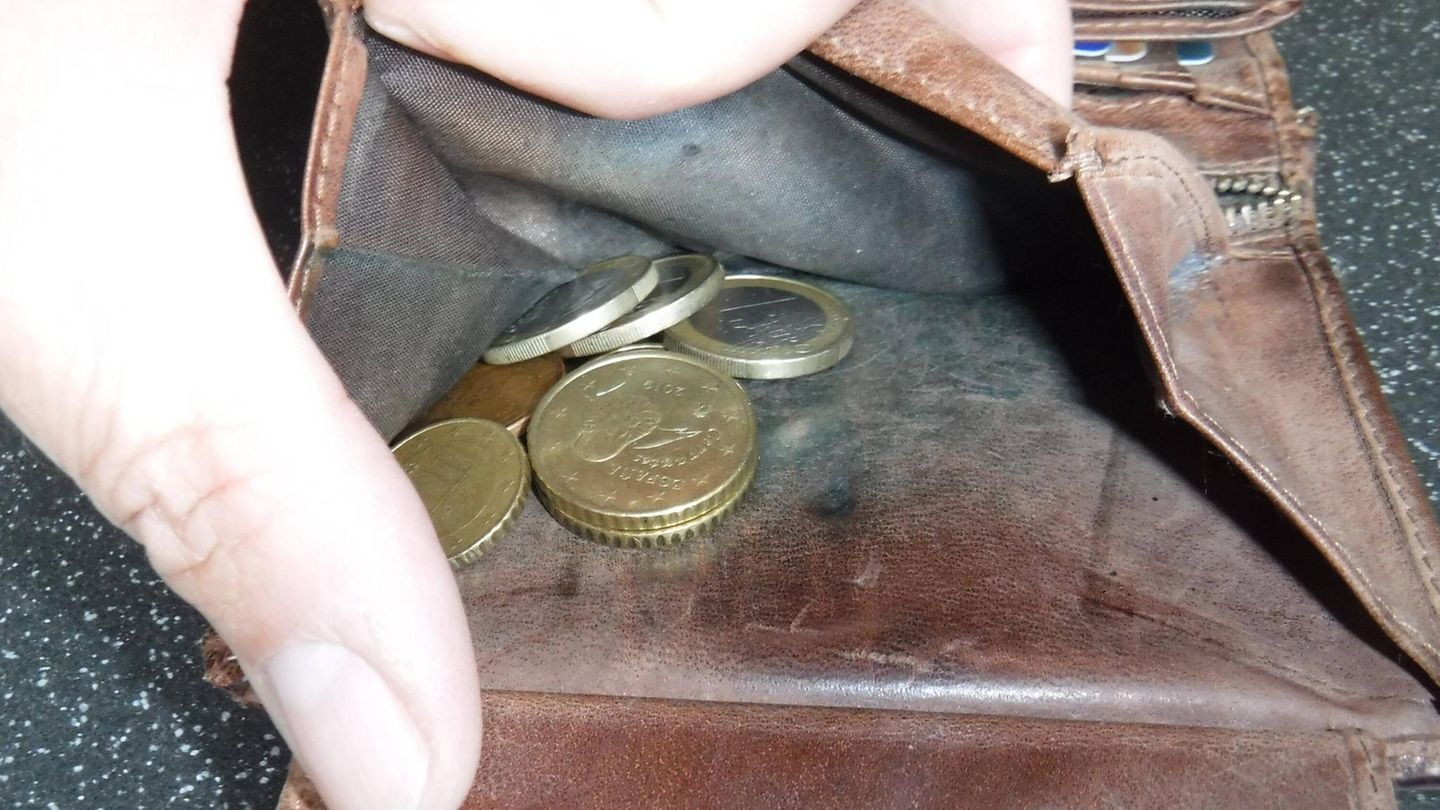A restructuring of the public debt in pesos, new foreign exchange restrictions and greater tax pressure are the recipes that operators believe the Government could apply in the second half of the year to try to meet the goals agreed with the International Monetary Fund (IMF).
“Investors do their own audit of goals, and that’s why they don’t do well, that’s why the market is the way it is. There is a fall in bonds, in shares, but nobody is looking at Argentina and wondering what its value is,” said Javier Timerman from Adcap Grupo Financiero.
“When I speak with external investors, they tell me that they are not interested in the value of Argentina; they do not care to buy and they do not care to sell”, explained, and estimated that “Anyway, Argentina at these levels creates historic opportunities, from my point of view and my experience as a trader.”
The IMF board recently approved the first revision of the agreement with Argentina for a debt of 44,000 million dollars, allowing a disbursement of about 4,000 million dollars, those that were credited in the reserves of the Central Bank (BCRA) this Tuesday to return to a level of 42,000 million dollars.
However, the Global bonds fell as much as 5.8%, just as Global 2041 collapsed. In addition, Global 2029 lost 4.6%, and Global 2025 lost 1.4%. The exception was Global 2035, which rebounded 5.3%.
“Bonds in dollars do not find a floor, with yields of 35%, which translates, in turn, into a very high country risk,” said Gonzalo Gaviña of Portfolio Personal Inversiones.
But, as we said, opportunity purchases appeared among the Bonares, which rose to 3.6%, hand in hand with 2035. They climbed to the podium the Bonar 2030 (+3.1%), which managed to break the parity of US$20 during the day, and the Bonar 2029 (+0.6%).
“Seeing the ‘AL30D’ close to 19 dollars, speaks of very high values, of a situation of high stress, with investors waiting for new indications from the Government that give peace of mind, but that, for now, do not appear”added Gavine.
Consequently, the Argentine country risk carried out by the JP Morgan bank jumped 57 units to a record of 2,508 basic points, a new maximum in two years.
Operators commented that the bond market in pesos had the participation of official entities such as the BCRA and the pension entity Anses as buyers to try to stop the collapse. Sources from the Central, on the other hand, denied that they have intervened in the curve of bonds in dollars against pesos, as many operators supposed.
Thus, titles in pesos that adjust by CER closed mixed this Tuesday. According to market estimates, the BCRA has already issued almost 550,000 million pesos to support the prices of bonds in pesos.
The president of the Central Bank, Miguel Pesce, promised this Monday to implement as soon as possible a liquidity line for Treasury instruments for use by mutual funds. “We are analyzing different alternatives so that they work as a reassurance that the BCRA will operate on the curve to guarantee the liquidity of Treasury instruments and the support of their prices,” said Pesce.
The head of the Central met with Valentín Galardi, president of the Argentine Chamber of Common Investment Funds (CAFCI) and representatives of the industry, who agreed with the strategy and valued the intervention of the BCRA in the securities market, sources indicated. the monetary authority.
Meanwhile, the Treasury will tender ‘Letes’, ‘Ledes’, ‘Lecer’ and ‘Bonos dollar linked’ this Tuesday to face debt maturities of some 243,000 million pesos (about 1,950 million dollars), a figure substantially lower than the almost 605,000 original million that could be reduced last week after an unexpected debt swap.
It is the first relevant maturity after the sell-off of the ARS curve (pesos) two weeks ago, so it will be an important test to see how much demand from the voluntary market the Treasury can have in this context of volatility in the weight market” said the SBS Group.
Meanwhile, the blue dollar jumped another $7 to $239, while the CCL and the MEP jumped to $5.61 (+2.3%) to touch $250 and $243, respectively, after the BCRA board ruled on Monday modifications to the foreign exchange access policy to restrict some operations at a time when the country is facing a significant increase in imports.
Operators estimated that the monetary entity closed the day with a positive balance of about 150 million dollars for its reserves, compared to 250 million on Monday when the restrictive measures were implemented. Market sources let it be known that the demand for the payment of energy imports remained somewhat above 100 million dollars.
S&M Merval and ADRs
In contrast to the rest of the market, the stock market maintained an upward movement due to a new jump in the CCL dollar, which prompted a 2.9% improvement in the leading S&P Merval index, to 88,194.70 points.
Source: Ambito
David William is a talented author who has made a name for himself in the world of writing. He is a professional author who writes on a wide range of topics, from general interest to opinion news. David is currently working as a writer at 24 hours worlds where he brings his unique perspective and in-depth research to his articles, making them both informative and engaging.




